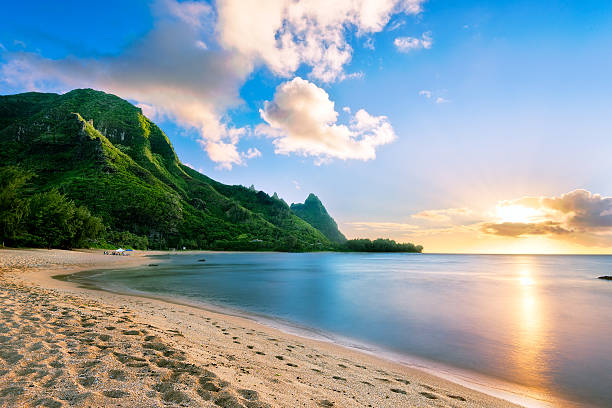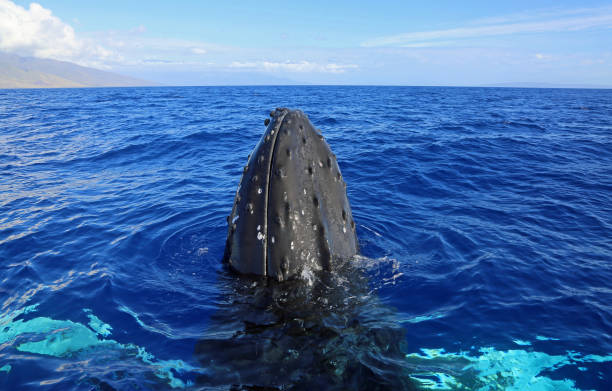Hawaii is a dream destination for travelers worldwide, offering stunning beaches, lush landscapes, and a rich cultural heritage. But when is the best time to visit Hawaii? The answer depends on what you’re looking for—whether it’s perfect weather, fewer crowds, or exciting events. In this comprehensive guide, we’ll break down everything you need to know to plan your ideal Hawaiian getaway.
Understanding Hawaii’s Weather

Hawaii enjoys a tropical climate, meaning warm temperatures year-round. However, there are subtle seasonal variations that can impact your trip.
Summer (May to October)
Best For: Beach activities, hiking, and outdoor adventures.
Weather: Warm and dry, with average temperatures ranging from 75°F to 88°F (24°C to 31°C).
Rainfall: Less frequent, but occasional trade wind showers can occur.
Winter (November to April)
Best For: Whale watching, surfing, and enjoying lush, green landscapes.
Weather: Slightly cooler, with temperatures between 68°F and 80°F (20°C to 27°C).
Rainfall: More frequent, especially on the windward (northeastern) sides of the islands.

Microclimates:
Hawaii’s islands have microclimates, meaning weather can vary drastically within short distances. For example, the leeward (southwestern) sides are typically drier, while the windward sides receive more rain.
Crowd Levels: When to Visit for Peace and Quiet
Hawaii is a popular destination, and crowd levels can significantly impact your experience. Here’s a breakdown of what to expect:
Peak Season (Mid-December to March and June to August)
- Crowds: Highest during school holidays, winter breaks, and summer vacations.
- Pros: Ideal weather, vibrant atmosphere, and plenty of events.
- Cons: Higher prices for flights and accommodations, crowded beaches and attractions.
Shoulder Season (April to May and September to Mid-December)
- Crowds: Moderate, with fewer tourists compared to peak seasons.
- Pros: Pleasant weather, lower prices, and a more relaxed vibe.
- Cons: Some attractions or tours may have limited availability.
Off-Peak Season (Late August to Early December)
Cons: Higher chance of rain, and some events may not be available.
Crowds: Lowest, especially in September and October.
Pros: Best deals on flights and accommodations, uncrowded beaches, and a tranquil experience.
Must-See Events and Festivals
Hawaii’s vibrant culture comes alive through its festivals and events. Here are some highlights to consider when planning your trip:
Winter Events (November to April)
- Merrie Monarch Festival (April, Big Island): A week-long celebration of hula, featuring competitions, performances, and cultural exhibitions.
- Whale Watching Season (December to April): Spot humpback whales as they migrate to Hawaii’s warm waters.
- Honolulu Marathon (December, Oahu): One of the largest marathons in the world, attracting runners from across the globe.
Summer Events (May to October)
- King Kamehameha Day (June, Statewide): Celebrate Hawaii’s first king with parades, floral ceremonies, and cultural events.
- Kapalua Wine & Food Festival (June, Maui): A premier culinary event showcasing Hawaii’s best chefs and winemakers.
- Hawaii International Film Festival (October, Oahu): A showcase of films from the Pacific Rim, offering a unique cultural experience.
Year-Round Events
- Aloha Festivals (September, Statewide): A month-long celebration of Hawaiian culture, featuring music, dance, and food.
- Farmers’ Markets: Held weekly on all islands, offering fresh produce, local crafts, and delicious food.
Island-Specific Considerations
Each Hawaiian island has its own unique charm and best times to visit. Here’s a quick guide:
Oahu
- Best Time: April to June and September to November for fewer crowds and pleasant weather.
- Highlights: Waikiki Beach, Pearl Harbor, and the North Shore’s surfing spots.
Maui
- Best Time: April to May and September to November for ideal weather and fewer tourists.
- Highlights: Road to Hana, Haleakalā National Park, and whale watching.
Kauai
- Best Time: April to June and September to November for lush landscapes and fewer crowds.
- Highlights: Na Pali Coast, Waimea Canyon, and Hanalei Bay.
Big Island (Hawaii Island)
- Best Time: April to June and September to November for comfortable weather and fewer visitors.
- Highlights: Hawaii Volcanoes National Park, Mauna Kea, and black sand beaches.
Lanai and Molokai
Highlights: Secluded beaches, rugged landscapes, and authentic Hawaiian culture.
Best Time: Year-round for a quiet, off-the-beaten-path experience.
Tips for Planning Your Trip
To make the most of your Hawaiian vacation, keep these tips in mind:
Stay Flexible: Weather can be unpredictable, so have backup plans for outdoor activities.
Book Early: Flights and accommodations fill up quickly, especially during peak seasons.
Pack Smart: Bring lightweight clothing, sunscreen, and rain gear for sudden showers.
Respect the Culture: Learn about Hawaiian customs and traditions to show respect for the local culture.
Frequently Asked Questions
What is the cheapest time to visit Hawaii?
The cheapest time to visit Hawaii is during the off-peak season (late August to early December), when flights and accommodations are more affordable.
When is the best time to visit Hawaii for whale watching?
Whale watching season runs from December to April, with peak sightings in January and February.
Is it worth visiting Hawaii during the rainy season?
Yes! While there may be more rain, it’s usually brief and localized. Plus, the islands are lush and green during this time.
Final Thoughts
The best time to visit Hawaii depends on your preferences—whether you’re chasing perfect weather, avoiding crowds, or immersing yourself in local culture. With its year-round warmth, stunning landscapes, and vibrant events, Hawaii is a destination that’s always worth exploring. So pack your bags, grab your sunscreen, and get ready to experience the magic of the islands!

